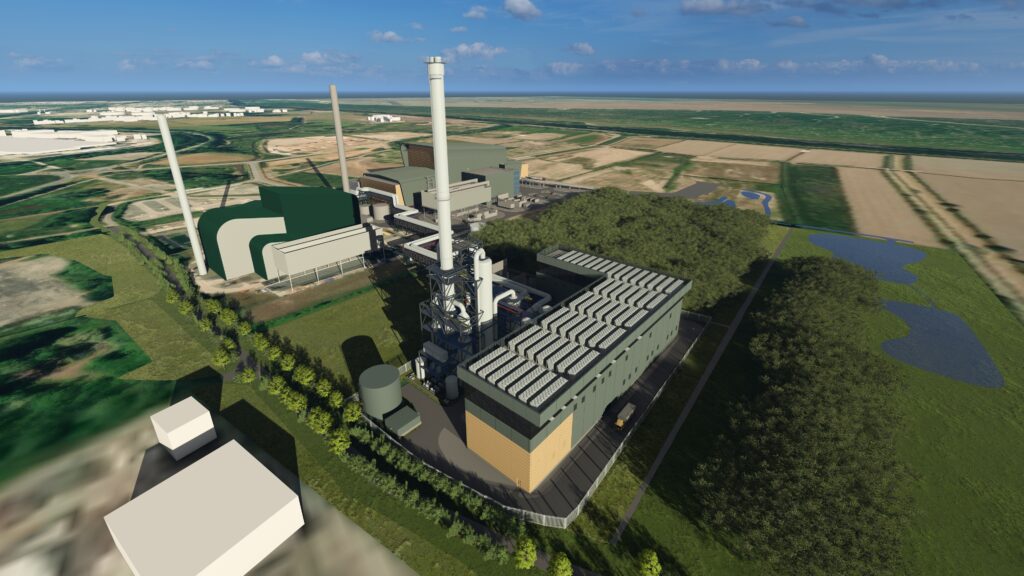Under the European Waste Electrical and Electronic Equipment (WEEE) Directive, each Member State must provide data about the recycling and recovery rates for the ten different categories of electrical equipment.
To date, there has been much debate about what data is needed, and where and how it is to be recorded. The Technical Advisory Committee at the European Commission has now laid out a working document on data requirements for the Directive.
The European Electronics Recyclers Association (EERA) sent a letter this week to Mrs M Klingbeil, chairman of the TAC, giving its general support to the proposals, but also pointed out some problems.
It said it “fully supports the main proposals made to the TAC and believes they will contribute to the successful implementation of the WEEE Directive in Europe”, but EERA also said that some changes to the document are needed to “reduce the possibility of unfair competition”.
One of its main concerns is at what point in the waste processing chain, recycling takes place, because it is at this point that recycled tonnages are recorded to see if recycling rate targets have been achieved.
“At present there are various interpretations in member states and even within regions of member states of what is recycling,” EERA said. “EERA is of the opinion that it should be clear to both producers and recyclers throughout Europe at what point recycling takes place and that this point should be the same across the EU.”
Another concern of EERA is that it will be difficult to get accurate recycling and recovery information for WEEE that is treated with other waste streams.
To remedy these problems, EERA has called for “strict and statistically sound sampling methods” to reduce errors in the reporting process.
EERA was launched in March 2004 (see letsrecycle.com story), founded by electrical equipment recyclers from across Europe.









Subscribe for free